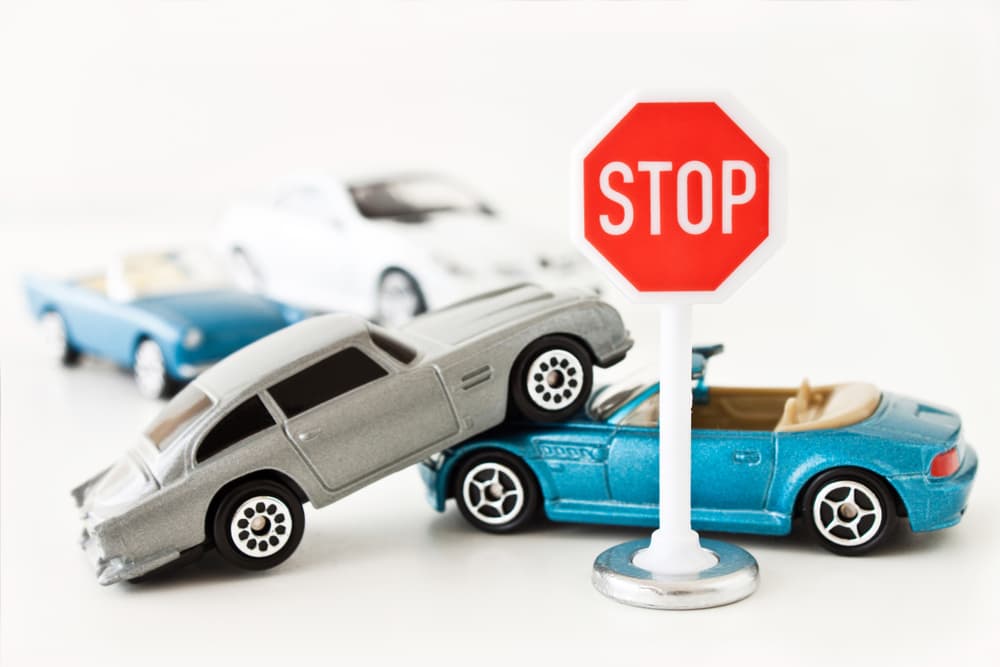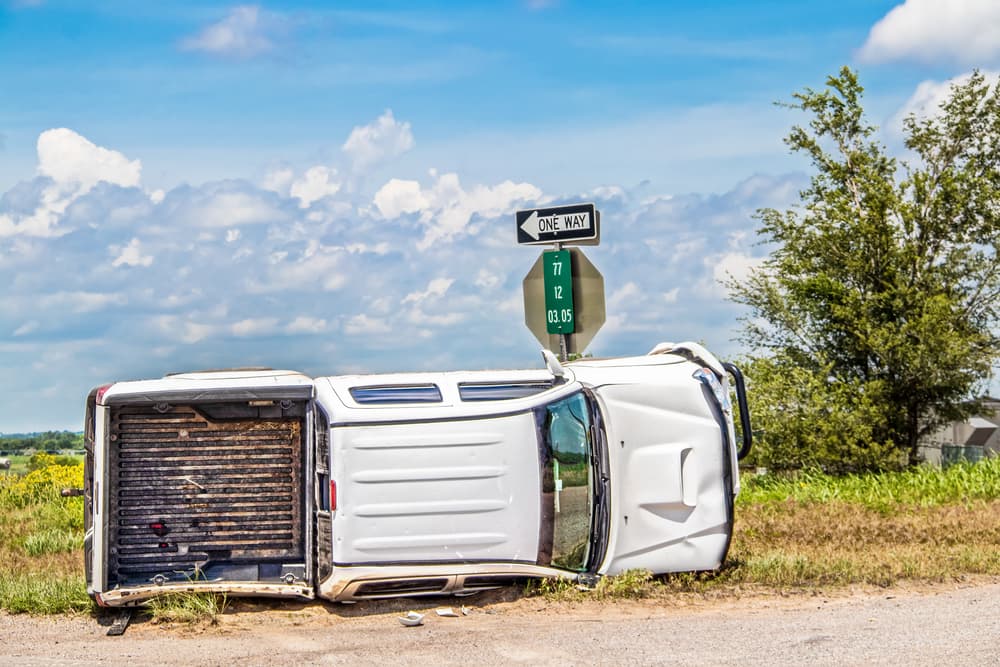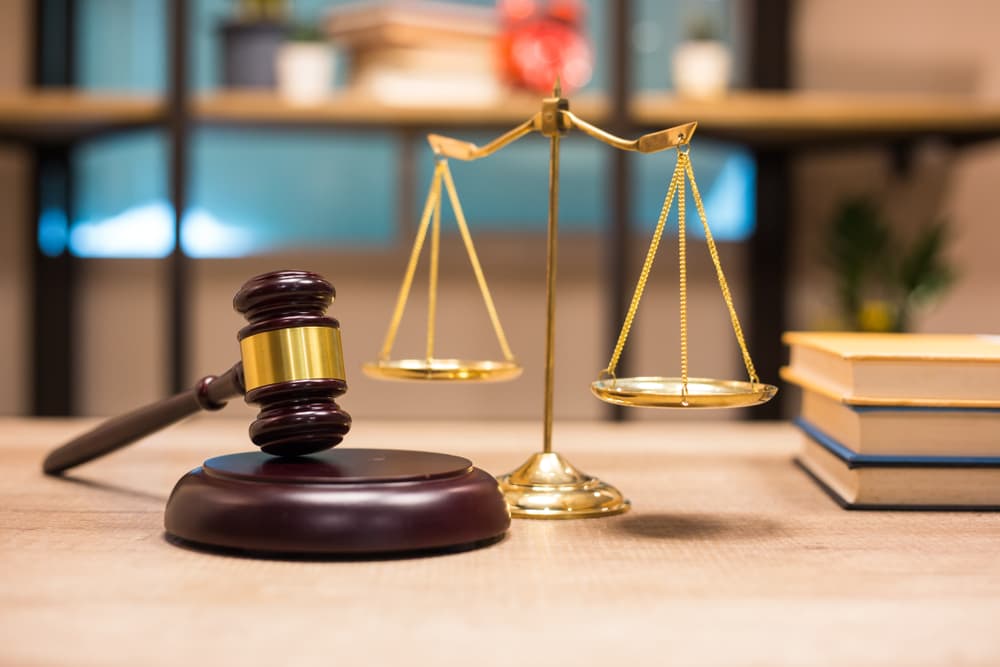Car accidents at stop signs may occur for numerous reasons. In some instances, another driver might fail to yield the right-of-way, bringing about a T-bone collision (or broadside accident) with another vehicle. At other times, stop sign accidents happen when a driver is speeding or fails to leave enough stopping distance between the front of their vehicle and the back of another vehicle. In that case, the at-fault driver may negligently cause a rear-end (or tailgate) accident.
Intersection accidents can lead to debilitating injuries, especially whiplash injuries and traumatic head and brain injuries, such as concussions. If you recently suffered medical complications in a car accident that occurred at a stop sign, you need to talk with an experienced car accident attorney right away about your potential legal options. Your attorney can evaluate the strengths of your case and estimate its likely monetary settlement or verdict value. Additionally, your attorney may file a personal injury claim on your behalf, file a lawsuit, and represent you during all legal proceedings in your case.
By retaining an experienced attorney to represent you quickly, you heighten your chances of recovering favorable monetary damages for the injuries you suffered in your stop-sign auto accident. Unlike insurance companies that only advocate for their own interests, a car accident attorney will be your advocate throughout your case and will work hard to secure the financial compensation you deserve for your accident-related losses.
Schedule a Free Initial Consultation Today!
Common Injuries in Stop Sign Accidents
Car accidents can result in many injuries, ranging from minor bruises to long-term medical conditions. The severity of an accident victim’s injuries depends upon various factors, such as the speeds of the vehicles, airbag deployment, and the type of vehicles involved in the crash.

One common injury in car accidents is whiplash, where the neck and head move backward and forward abruptly. This movement can cause neck pain, headaches, and muscular stiffness. A forceful impact on the vehicle’s steering wheel or dashboard can cause chest injuries, including muscular contusions and bone fractures. Seatbelts, while necessary for driver and passenger safety, may also cause injuries, such as bruising and abdominal trauma.
In more severe intersection car accidents, fractures that affect bones in the arms, legs, or pelvis are common. The force of a collision may also lead to head injuries, ranging from concussions to traumatic brain injuries. Also, when airbags deploy, facial injuries can result.
Moreover, a driver or passenger’s lower extremities can suffer injuries when their legs push against the vehicle's interior. Knee injuries, fractures, and soft tissue damage are frequent in such cases. Additionally, psychological trauma, such as post-traumatic stress disorder (PTSD), can affect individuals involved in severe intersection car accidents. These individuals may suffer harm to their mental well-being long after their physical injuries have healed.
Prompt medical attention is crucial after a car accident, as some injuries may not manifest immediately. Early intervention can prevent injuries from worsening and ensure a smoother recovery. An accident victim might also need to undergo ongoing medical treatments, rehabilitation, and physical therapy to make a full recovery from their injuries.
While you focus on obtaining the medical care necessary to recover from your car accident injuries, your attorney may start handling the legal aspects of your car accident case, like gathering your medical reports and medical bills and assembling a settlement demand package for the insurance company to evaluate and review.
How do I Prove that another Driver was Negligent in an Intersection Accident Scenario?
Proving negligence in an intersection car accident case involves demonstrating that another driver breached their legal duty of care, directly causing the accident and resulting in physical injuries and damages. To establish negligence in an intersection car accident case, you will need to establish the following legal elements:
- Duty of Care: First, you must legally demonstrate that the other driver owed you a duty of care. This duty is a legal obligation to drive responsibly and follow traffic laws to prevent road accidents and harm to others.
- Breach of the Duty of Care: Next, you must demonstrate that the other driver breached their legal duty of care by acting unreasonably or irresponsibly under the circumstances. This breach may involve violating traffic laws, driving recklessly, driving while intoxicated, or failing to exercise reasonable care under the circumstances.
- Causation: You must also legally establish a direct link between the other driver's breach of duty and your accident by showing how the other driver’s reckless actions or negligence caused the collision.
- Damages: Finally, to recover monetary compensation, you must prove that you suffered actual damages, such as physical injuries, property damage, medical expenses, lost income, and/or pain and suffering.
To establish the legal burden of proof in your intersection car accident case, your attorney can:
- Collect evidence on your behalf
- Obtain copies of your medical treatment records and bills
- Speak with eyewitnesses to the car accident
- Obtain copies of video footage that shows the intersection accident occurring in real-time
- Determine if the other driver received a traffic citation, and if so, what the citation was for
- Retain experts, such as treating medical providers, to testify in your case or draft favorable medical reports
A skilled car accident attorney can provide you with the necessary guidance, gather evidence, and advocate for your legal rights throughout the process.
Types of Monetary Recovery You Can Get in a Stop Sign Car Accident Case
Recovering monetary damages in a car accident lawsuit involves navigating a legal process to compensate accident victims for losses incurred due to others’ negligence. The key elements in pursuing such damages include establishing liability, proving damages, and understanding the available legal avenues of recovery.
First, you must establish legal liability – or fault – for your accident case by gathering evidence, such as witness testimony, police reports, and sometimes expert opinions, to reconstruct the events leading up to an intersection collision.
Once you establish legal liability in your case, you must then prove your damages. In a car accident claim or lawsuit, recoverable damages may include economic compensation, covering tangible losses like medical bills and lost earnings, as well as non-economic damages for intangible losses like pain and suffering, mental distress, inconvenience, loss of use of a body part, and loss of spousal companionship. An accident victim may also pursue punitive damages in accident cases that involve extreme negligence or intentional misconduct, such as driving while intoxicated by alcohol or drugs.
A skilled car accident attorney can guide you throughout the settlement and litigation processes and advocate for the fair monetary compensation you deserve for your accident-related losses.
Negotiating with the Insurance Company after an Intersection Traffic Accident
Following a stop sign car accident, an experienced attorney can be extremely helpful in securing the financial compensation you deserve. Your attorney can first submit certain documents to the insurance company adjuster on your behalf, including:
- Imaging studies
- Medical records
- Medical bills
- Lost income documents, which show the number of hours you missed from work and the amount of time you lost
- Expert reports
- Injury photos
- Photos of property damage
After submitting these documents to the insurance company adjuster, your lawyer can engage the adjuster in aggressive settlement negotiations. During this process, your attorney may do all of the following:
- Submit a settlement demand letter to the adjuster requesting a certain amount of monetary compensation or make a verbal demand for settlement
- Respond to insurance company offers
- Threaten the insurance company with litigation if the adjuster refuses to make a fair monetary settlement offer on your case
To resolve your case favorably, your attorney can also draft a lawsuit and file it with the court on your behalf. Sometimes, merely threatening the insurance company with a lawsuit or filing a lawsuit with the court may be enough for the adjuster to take your case seriously and offer you an appropriate amount of monetary compensation to settle.
If the insurance company adjuster does not offer you reasonable settlement compensation, your attorney can handle the necessary litigation steps in your case, continue negotiating with the insurance adjuster, and bring your case to a conclusion within a reasonable timeframe.
Successfully Litigating Your Car Accident Case through the Court System to a Conclusion
Successfully litigating a car accident case to a conclusion involves a strategic and comprehensive approach. From the initial stages of filing a lawsuit until the resolution of a case, several key steps contribute to a favorable outcome for the injured party.

The litigation stage of a car accident case begins when a car accident lawyer files a lawsuit in the state court system on the accident victim’s behalf. The attorney will then serve the at-fault driver with the lawsuit paperwork, and the driver will, in turn, forward that paperwork to their insurance company. After the insurance company appoints a defense attorney to represent the at-fault driver, the defense attorney will file a formal Answer to the accident victim’s lawsuit.
The parties will then engage in a legal process called discovery. Discovery is a crucial phase of litigation where both parties exchange relevant information and documentation. This exchange typically involves interrogatories, depositions, and document requests. During a discovery deposition, the at-fault driver’s attorney will ask the injured accident victim various questions about the accident, including how the accident happened and the injuries they are claiming.
Also, during discovery, the parties will likely continue their settlement negotiations. Throughout the litigation process, the parties may explore additional opportunities for negotiation and settlement and engage in good-faith negotiations to reach a resolution that accomplishes both of the following:
- Fairly compensates the injured car accident victim
- Avoids the uncertainties of a civil jury or bench trial
During discovery, the parties may also utilize expert witnesses, such as accident reconstruction specialists or medical experts, to provide professional opinions that strengthen their respective cases. The parties may also use expert testimony to influence the court or jury's perception of the case.
If the parties cannot reach a settlement during litigation, they will thoroughly prepare their case for trial, develop a compelling trial strategy, organize evidence, and ensure that witnesses are well-prepared.
Finally, the parties will present their case in court by introducing evidence, making arguments, calling witnesses to testify, and introducing documentary evidence, including medical bills, medical treatment records, and lost income documentation.
To recover favorable monetary compensation in your intersection car accident case, you need to engage an experienced car accident attorney to aggressively represent you throughout this process. A knowledgeable car accident attorney can navigate the legal complexities of your case, negotiate with opposing parties, and present a compelling case in court that significantly enhances your chances of achieving favorable monetary recovery for your injuries.
Talk with a Car Accident Attorney Right Away About Your Legal Matter
If you recently suffered injuries in a car crash that occurred at a traffic intersection stop sign, you need to consult with legal counsel in your jurisdiction as soon as you can. Otherwise, you may jeopardize your ability to recover monetary compensation for your injuries. A lawyer needs time to gather the necessary documents in your case, prepare a lawsuit, and file that lawsuit in court. Since car accident victims only have two years from the date of their car accident to file a lawsuit for monetary recovery, time is of the essence.

A personal injury lawyer can start working on your case right away by retaining an accident reconstructionist, reviewing the police report, and filing a claim with the responsible driver's insurance company on your behalf. After engaging the settlement adjuster in negotiations, your lawyer can file a lawsuit on your behalf if the negotiations are not fruitful. Your attorney may also represent you at a civil jury trial, mediation session, or binding arbitration proceeding to pursue the financial compensation you need and deserve.
Best of all, your lawyer can do all this for you while you focus on recovering from your injuries. The last thing you need is to worry about the legal process and, fortunately, you can put this in your attorneys hands.


